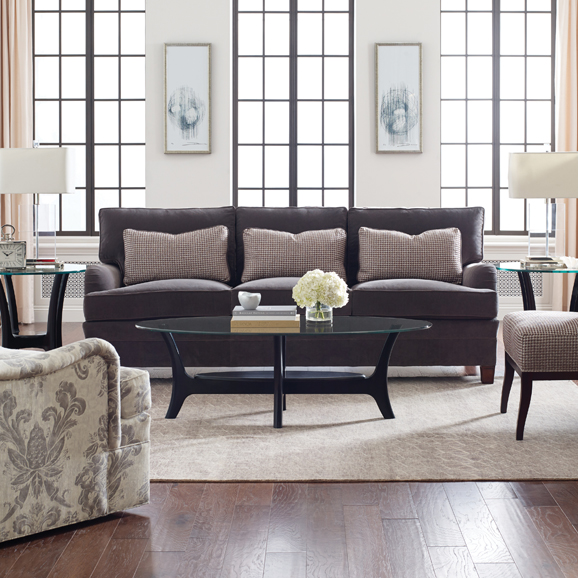Introduction:
Furniture has long been an integral part of human civilization, evolving from simple wooden structures to sophisticated works of art that blend form and function seamlessly. It is not merely an assemblage of materials but a reflection of culture, creativity, and human ingenuity. From the ornate furniture of ancient civilizations to the sleek, modern designs of today, the evolution of furniture has been a fascinating journey. In this article, we delve into the world of furniture, exploring its history, significance, and the innovative trends that define contemporary design.
A Glimpse into History:
The history of furniture dates back thousands of years, with evidence of early forms found in ancient Egyptian, Greek, and Roman civilizations. These early pieces were predominantly crafted from wood, symbolizing craftsmanship and wealth. As societies advanced, furniture styles evolved, influenced by art movements, social changes, and technological innovations.
Read more: https://bit.ly/44ACQ8p
The Middle Ages saw the emergence of Gothic furniture, characterized by elaborate carvings and religious symbolism. The Renaissance period brought a revival of classical aesthetics, emphasizing balance and proportion. In the 18th century, the Baroque and Rococo styles embraced opulence and flamboyance, while the 19th century witnessed the rise of the Victorian era with its emphasis on intricate detailing and luxurious materials.
Function Meets Aesthetics:
While functionality remains a fundamental aspect of furniture, aesthetics play an equally crucial role. Today, furniture design is not confined to basic shapes and materials; it embraces creativity, innovation, and sustainability. Modern designers draw inspiration from various sources, incorporating nature, geometric patterns, and even minimalist concepts to create unique pieces that fit seamlessly into contemporary spaces.
Read More: https://bit.ly/3Q47ItG
Furniture design has also adapted to the challenges of urban living, with the rise of multi-functional furniture that maximizes space without compromising on style. From sofa beds and storage ottomans to foldable tables, these adaptable pieces cater to the needs of compact living spaces.
Sustainable Furniture: A Responsible Choice:
As environmental concerns come to the forefront, the furniture industry has responded with a growing emphasis on sustainability. Sustainable furniture promotes the use of eco-friendly materials, such as reclaimed wood, bamboo, and recycled plastics. Additionally, many designers have adopted ethical manufacturing processes, ensuring fair labor practices and reduced carbon footprints.
The Role of Technology:
Technology has dramatically influenced furniture design, from the inception of computer-aided design (CAD) software to the integration of smart features in furniture pieces. CAD software enables designers to create intricate 3D models, test functionality, and visualize designs more effectively, revolutionizing the prototyping process.
Moreover, the era of smart furniture has dawned upon us, where pieces are equipped with embedded technology to cater to our modern lifestyles. From charging stations and built-in speakers to temperature-controlled upholstery, smart furniture offers a glimpse into the possibilities of the future.
Iconic Furniture Designs:
Throughout history, certain furniture designs have become iconic symbols of their respective eras. The Barcelona Chair by Ludwig Mies van der Rohe, the Eames Lounge Chair and Ottoman by Charles and Ray Eames, and the Tulip Table by Eero Saarinen are just a few examples of timeless designs that continue to inspire generations of furniture enthusiasts.
Conclusion:
Furniture is not merely an assortment of objects; it embodies the essence of human creativity, culture, and functionality. Its evolution over the centuries reflects the dynamic nature of societies and their artistic expressions. From the ancient civilizations to the cutting-edge designs of today, furniture has witnessed a remarkable journey. As we move forward, sustainability, innovation, and technology will undoubtedly shape the future of furniture, continuing to blur the lines between art and functionality, and enhancing our living spaces in extraordinary ways.
You may also like
-
Best Times of Year for Rain Gutter Installation in Wisconsin: What Homeowners Should Know
-
How to Create One-of-a-Kind Engagement Invites That Tell Your Story
-
Unveiling the Top Picks: The Ultimate Guide to the Best Head Shavers in 2024
-
Choosing The Right Palette Insights into Professional Painting Contracts
-
Wear Your Imagination: Customized Text and Graphics T-shirt Printing in Sharjah

